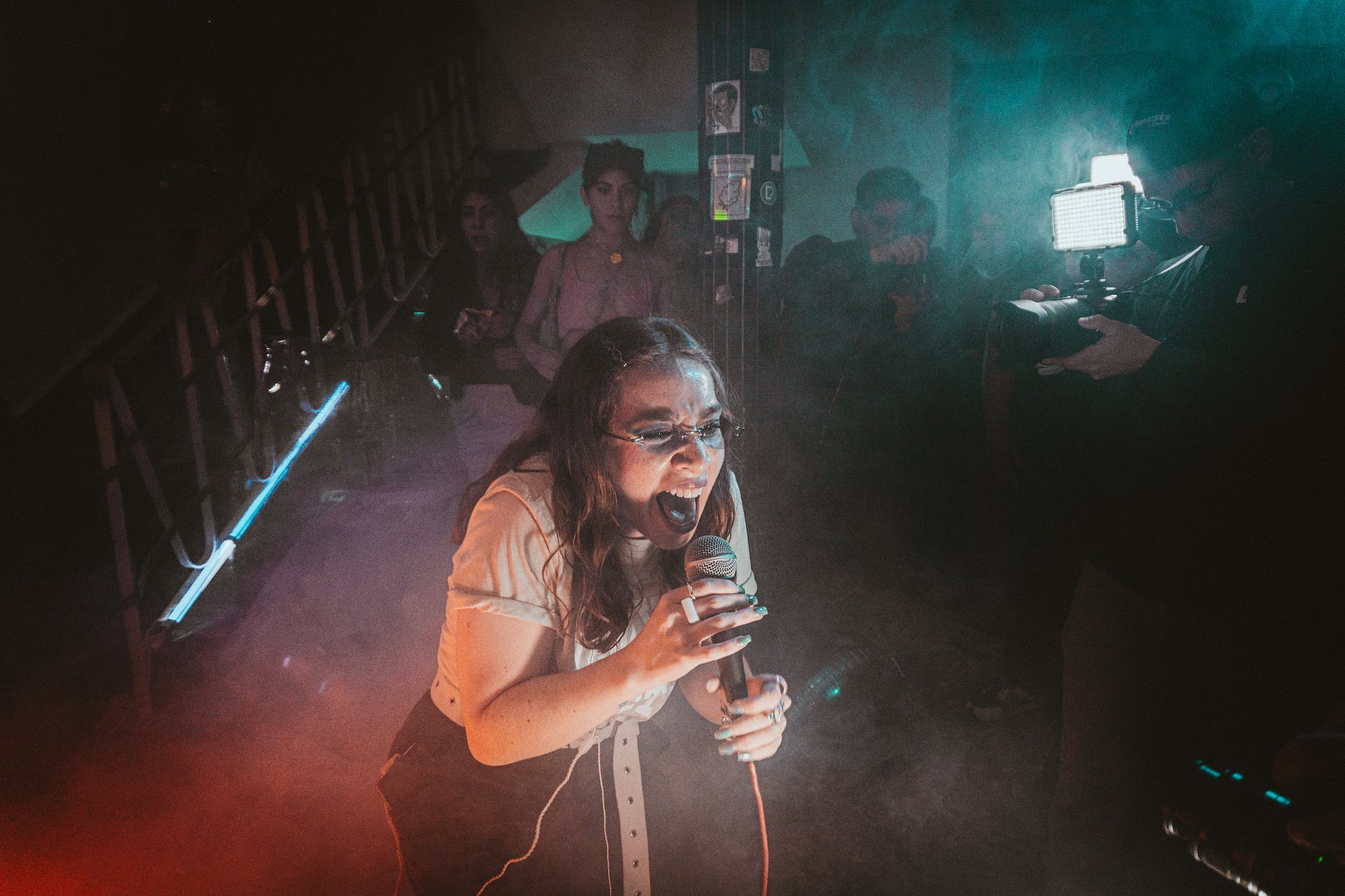Few things can influence our emotional, mental, and sensory states more powerfully than music. The fusion of intense melodies and harmonies can transport us beyond the confines of our everyday reality, leading us towards novel experiences and insights. This aspect of music resembles another medium known for its transformative potential: Psychedelics. These have a long-standing connection, culminating in genres such as psychedelic rock, vibrant music festivals, immersive concert experiences, and resonating sound healing therapies.
Psychedelic rock emerged in the mid-1960s as an experimental genre that sought to replicate and enhance the mind-altering experiences of psychedelic drugs. The Beatles’ “Sgt. Pepper’s Lonely Hearts Club Band” is a classic example of this genre. Other bands, like The Doors and Jefferson Airplane, captured the spirit of the era with their psychedelic-rich music, brimming with improvisation and experimental sounds.
These music forms often go hand in hand with jam bands, which are renowned for their fluid, free-form musical style. Known for their long, spontaneous live performances, often intricately accompanied by trippy visuals, these bands aim to provide a unique, transformative concert experience. Groups like the Grateful Dead epitomize this genre, with extended live performances reaching altered states of consciousness, akin to a psychedelic experience.
Music festivals further complement the intersection between music and psychedelics. Known for their vibrant, sensory-stimulating environments, they often tout a veritable smorgasbord of eclectic and psychedelic music options. World-famous festivals like Burning Man not only offer an extensive lineup of music ranging from electronic dance music (EDM) to psychedelic rock but also provide attendees with a multisensory, immersive experience, complete with art installations and interactive exhibits.
An interesting commonality between music and psychedelics is the phenomenon of synesthesia. Synesthesia is a neurological condition where stimulation of one sensory pathway leads to an automatic and involuntary experience in a second sensory pathway (source) . The intersection of sound and sight, often experienced under the influence of psychedelics, can blur sensory lines, encouraging the emergence of a unique, almost sacred ‘visual music’.
When it comes to the connection between music, psychedelics and consciousness, concepts like transcendental meditation and sound healing come to forefront. Transcendental meditation, a technique that involves repeating a specific sound or mantra to transcend normal thought and attain a deeper state of relaxation or consciousness, often overlaps with the music sphere. Similarly, sound healing, a therapeutic approach using musical frequencies and vibrations to heal and balance the body and mind, has shown increasing prominence.
Psychedelics have been associated with the exploration and enhancement of consciousness for centuries. In the modern age, they have been used in scientific and therapeutic settings to unlock deeper components of the human psyche and facilitate creative exploration. In a way, music shares these same powers – it is a messenger of emotion, a catalyst for memory, and a tool for deepening awareness and understanding.
In conclusion, the symbiosis between music and psychedelics is unmistakable. Together, they create a tuneful tapestry of altered states, resonant sounds, and captivating visuals that leave a lasting imprint on our consciousness. Whether it’s through psychedelic rock, jam bands, music festivals, or sound healing, these two potent forces continue their beautiful dance, enriching our senses and expanding our perceptions.
Sources:
1. Concert experience
2. Synesthesia
3. Music festivals
4. Transcendental meditation
5. Sound Healing
6. Altered states of consciousness
7. Music and Psychedelics








